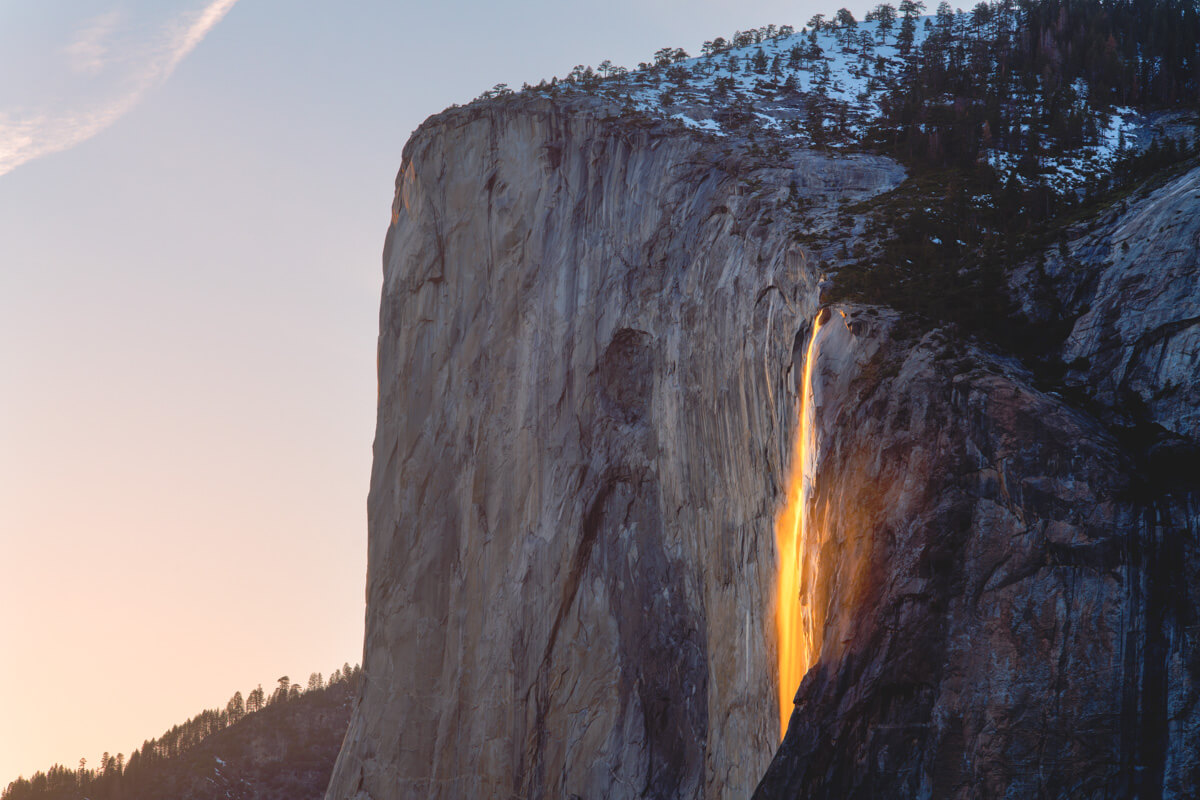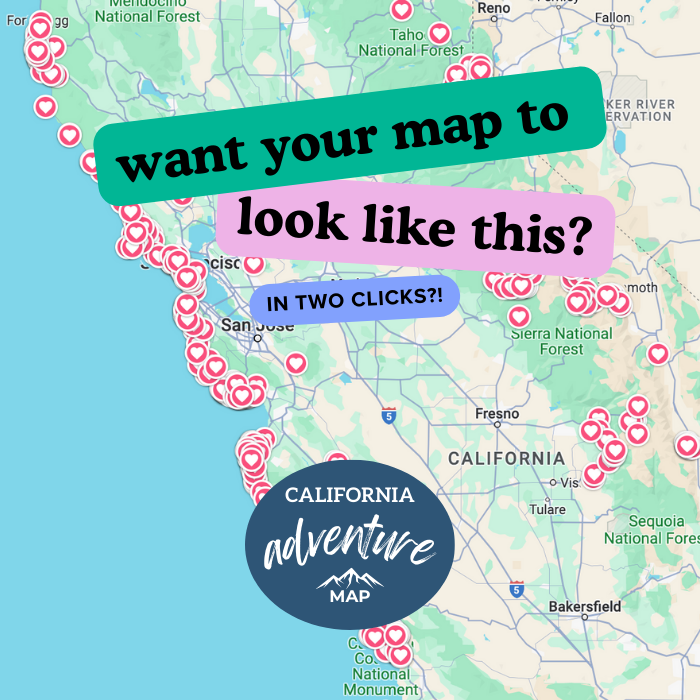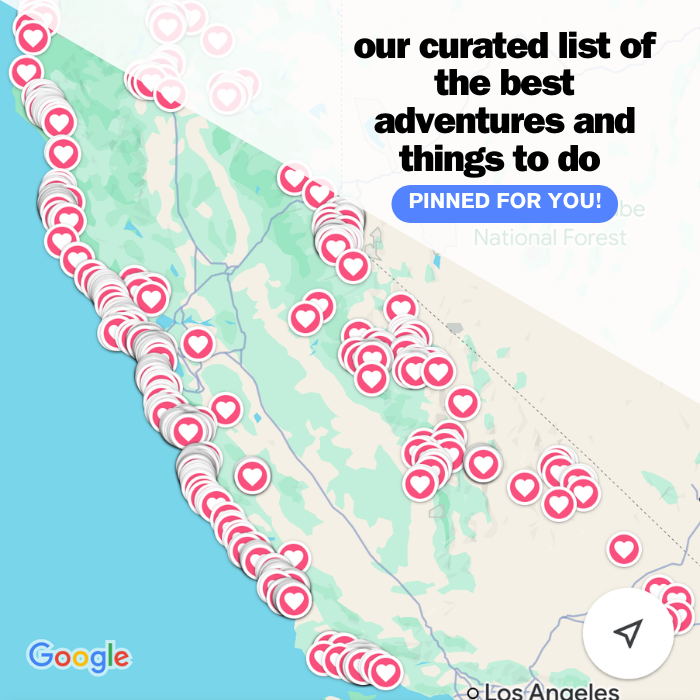8 BEST Waterfalls in Yosemite National Park
If you’re on the hunt for some of the most breathtaking waterfalls in Yosemite National Park, you’ve come to the right place.
From the towering cascades of Yosemite Falls to the enchanting mist of Bridalveil Falls, to some lesser know falls that are worth a visit, we are giving you full permission to chase waterfall during your visit!
Here are the most worth it waterfalls in the park to explore.
PARK PASS INFO:
Wait! You’ll need to pay a fee before entering Yosemite National Park.
You can purchase one for $35 per vehicle once you get here (good for seven consecutive days) or consider grabbing an America the Beautiful Pass if you’re visiting more national parks this year.
Table of Contents
1. Wapama Falls
Distance: 4.7 miles
Type of Trail: Out & back
Difficulty: Moderate
Elevation Gain: 1108 feet
Wapama Falls in the Hetch Hetchy Valley is a stunning display of nature’s power, particularly lively in the spring and early summer when the snowmelt is at its peak.
Towering at about 1,400 feet, it’s a sight to behold as water cascades down in a series of drops down to a foot bridge (you’re going to be in the splash zone!)
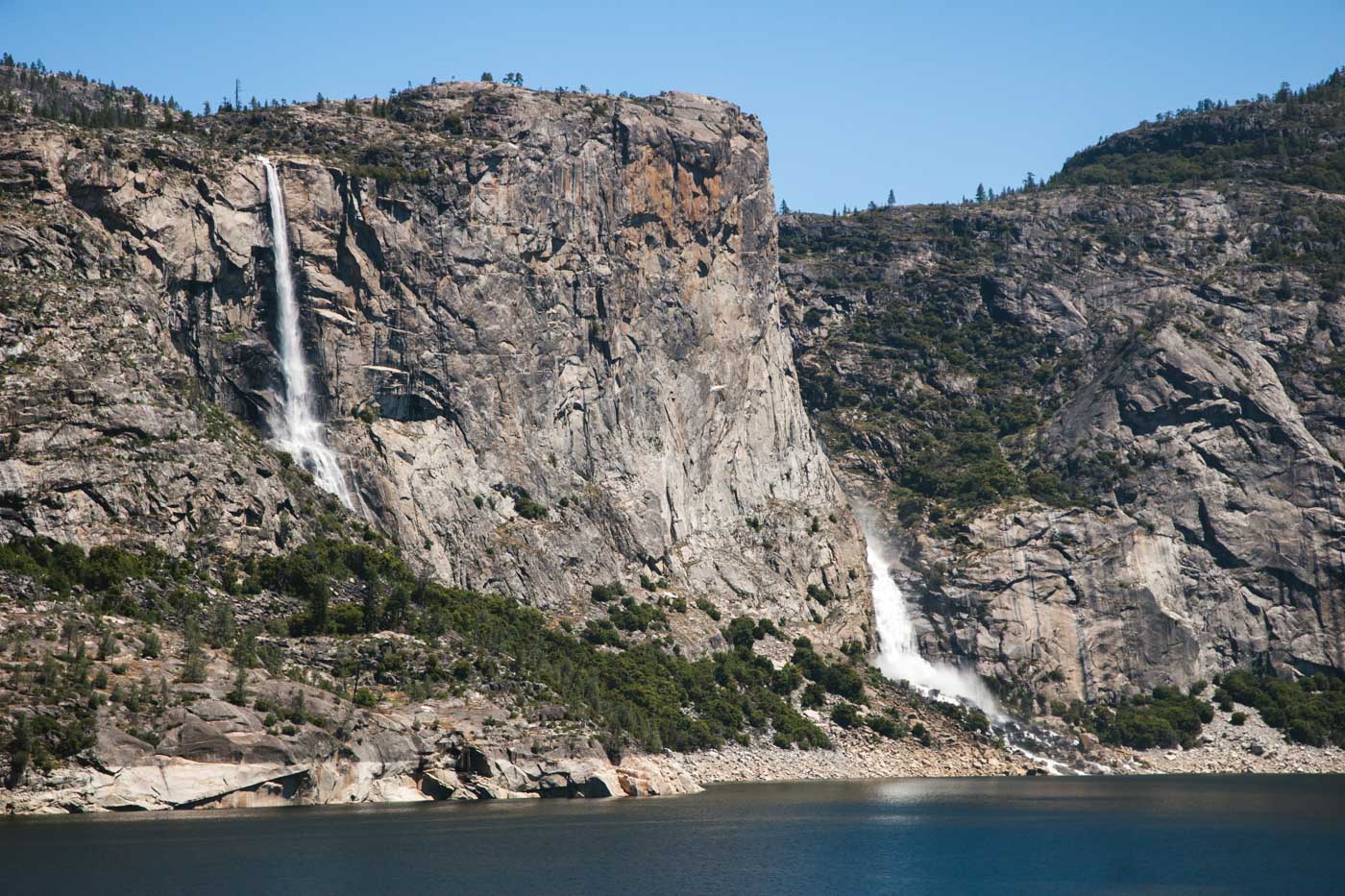
The trail to Wapama Falls offers breathtaking views of the reservoir and surrounding granite cliffs, making the hike itself part of the adventure.
If you’re short on time and a five-mile trek isn’t in the cards, you can see this wonderful waterfall in Yosemite from the O’Shaughnessy Dam parking lot in the distance.
TIP: You might even catch Tueeulala Falls along this trail if you’re lucky! It’s a finicky waterfall, though, and dries up quickly, so come after a good rainstorm to see it.
2. Yosemite Falls (Upper and Lower)
Distance: Lower – 1 mile, Upper – 6.6 miles
Type of Trail: Loop for Lower, Out & back for Upper
Difficulty: Easy for Lower, Hard for Upper
Elevation Gain: Lower – 50 feet, Upper – 3200 feet
Yosemite Falls, one of the tallest waterfalls in North America, is actually made up of three sections: Upper Yosemite Fall, the middle cascades, and Lower Yosemite Fall.
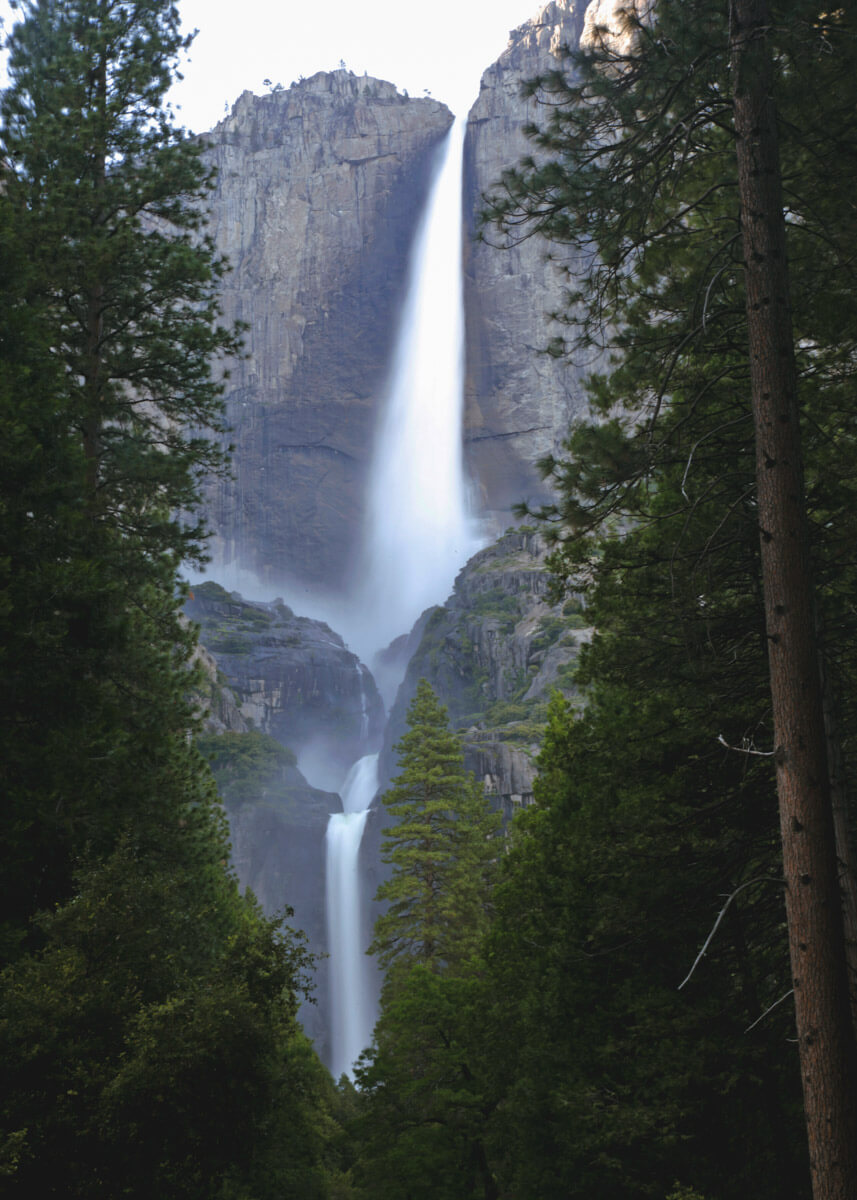
The total drop of about 2,425 feet from the top of the upper fall to the base of the lower fall makes this waterfall in Yosemite a must-see. The best time to visit is in the spring when the water flow is at its peak, thanks to the melting snow.
The Lower Falls trail is a short, easy walk suitable for all ages, offering a spectacular view with minimal effort.

The Upper Falls trail is more challenging but rewards hikers with unparalleled views of the valley and the adrenaline rush of standing atop one of the world’s highest waterfalls!
3. Vernal Falls
Distance: 3 miles
Type of Trail: Out & back
Difficulty: Hard
Elevation Gain: 1100 feet
Vernal Falls, a majestic 317-foot waterfall, is best seen in the late spring when the Merced River is swollen with snowmelt.
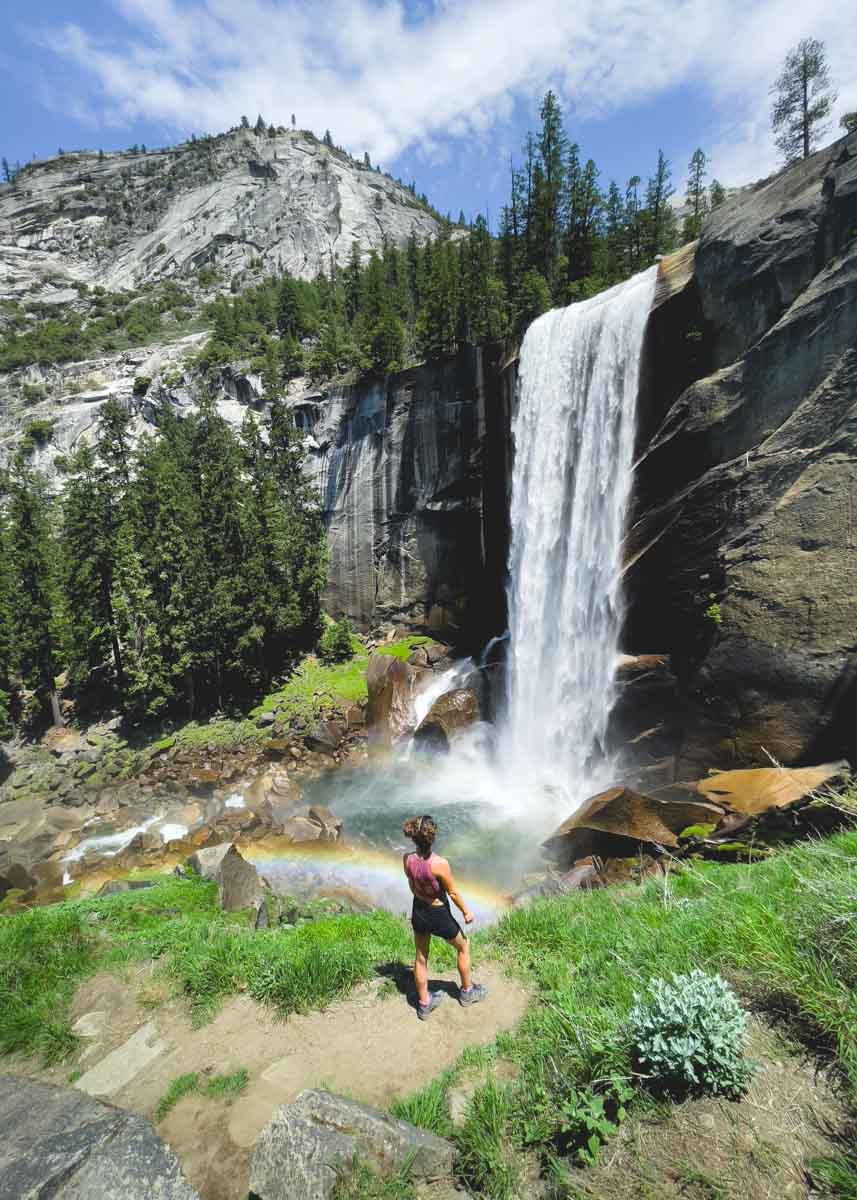
The Mist Trail, leading to Vernal Fall, offers an unforgettable experience as you walk through the refreshing mist generated by the waterfall. This hike can be slippery, so wear sturdy shoes and be prepared for a bit of a scramble.
The sight of the emerald green waters at the base of the fall, contrasted with the surrounding granite cliffs, is simply breathtaking. It’s a popular trail, so start early to avoid the crowds.
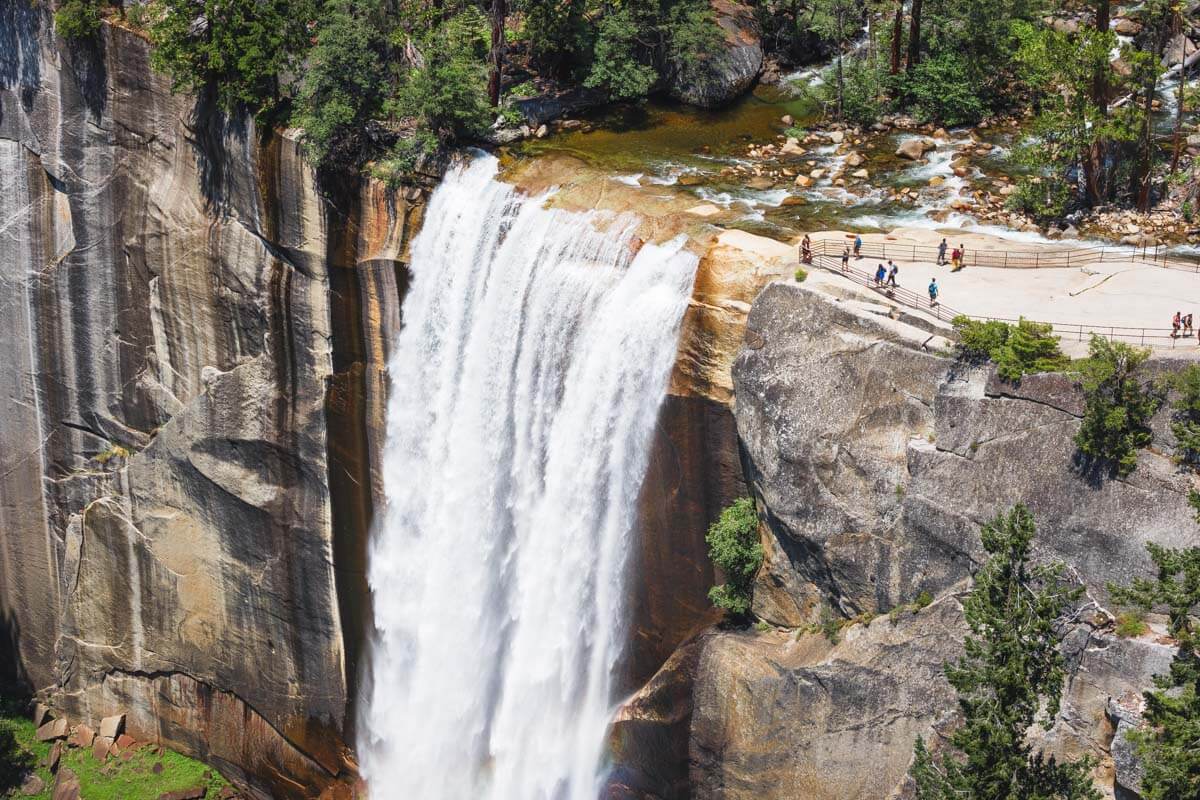
TIP: There are actually three great ways to hike this trail. Read our guide on hiking to Vernal Falls for more info.
4. Nevada Falls
Distance: 7 miles
Type of Trail: Out & back
Difficulty: Hard
Elevation Gain: 2300 feet
With its 594-foot drop, Nevada Falls is another gem of a waterfall in Yosemite National Park.

The hike to Nevada Fall, via the Mist Trail or the John Muir Trail, is strenuous but incredibly rewarding, offering stunning views of both Vernal and Nevada Falls.
This trail is best tackled in the spring or early summer for the full effect of the waterfall’s strength, but it flows year-round.
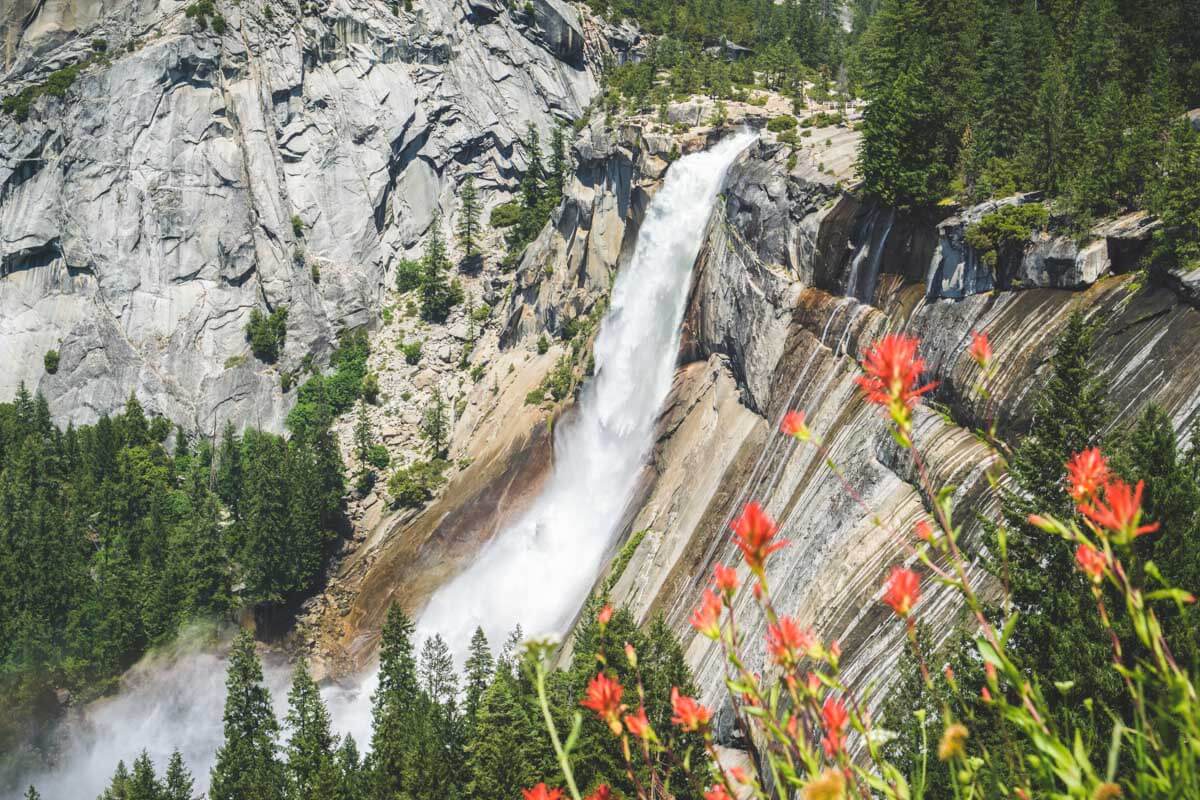
The trail’s elevation gain provides a good workout, and the panoramic views of the Sierra Nevada will leave you in awe. Remember, this trail can also be slippery due to the mist, so take care!
5. Bridalveil Falls
Distance: 0.8 miles
Type of Trail: Out & back
Difficulty: Easy
Elevation Gain: 114 feet
Bridalveil Fall is one of the first waterfalls you’ll see upon entering Yosemite Valley. This 620-foot fall flows year-round, but it’s especially powerful in the spring, with mist that can soak visitors, hence its name.
The short walk on the paved path to the base of the fall is accessible and suitable for everyone, offering a quick yet impressive glimpse into the beauty of Yosemite.

The fall’s mist creates beautiful rainbows, adding to the magical experience of this spot. You can see this waterfall from The Valley floor, but the short trail will get you a closer look.
🏨 Need a place to crash nearby?
From rustic cabins to boutique inns—check prices and availability in just a click.
6. Horsetail Falls
Horsetail Falls, famous for the “Firefall” phenomenon in February, is a unique spectacle.
This waterfall is not large or powerful like others in Yosemite, but when conditions are right, the setting sun illuminates the waterfall, making it glow orange and red at sunset!
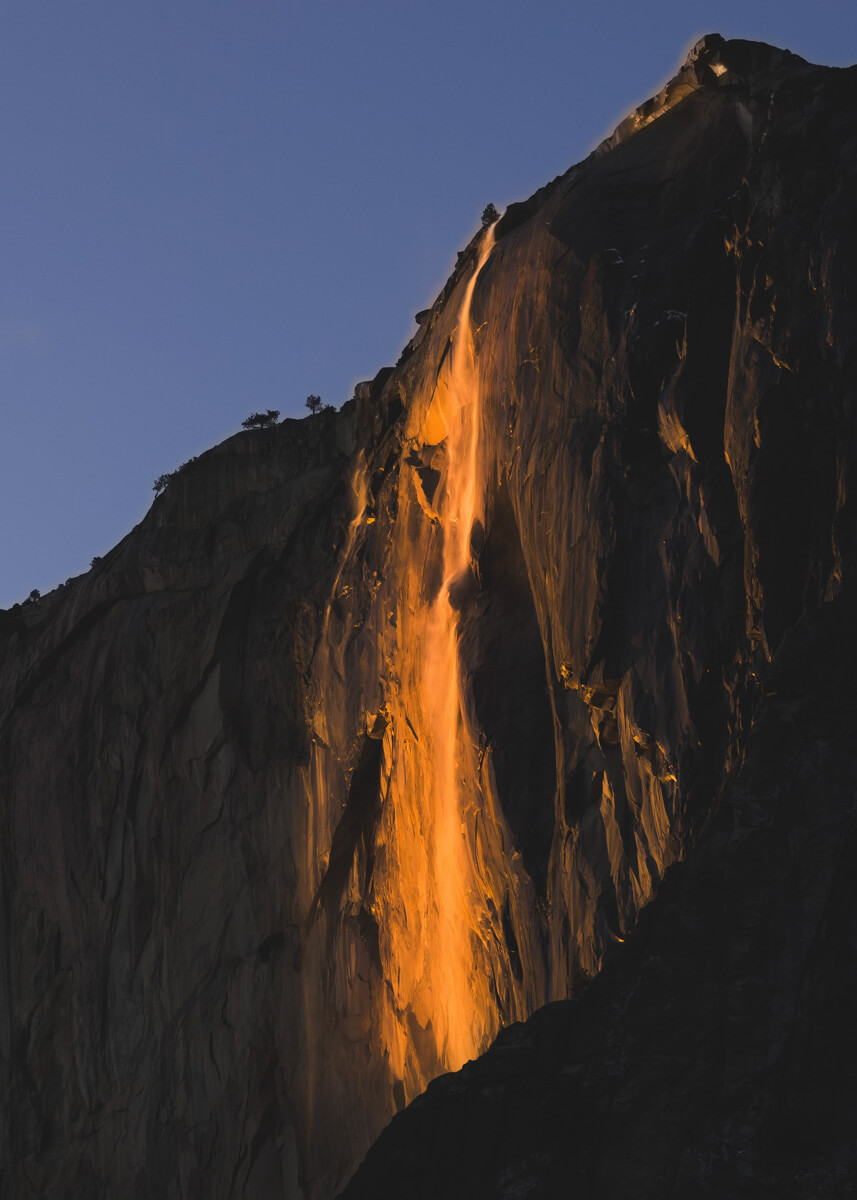
This natural marvel occurs for only a few weeks in February and requires specific weather conditions, so planning ahead is crucial. No hiking is required to view the Firefall, as it can be seen from various points in Yosemite Valley, including the El Capitan picnic area.
TIP: You will need a permit to visit Yosemite during this time.
7. Chilnualna Falls
Distance: 7.7 miles round trip
Type of Trail: Out & back
Difficulty: Moderate
Elevation Gain: 2200 feet
Chilnualna Falls is a series of cascades and falls totaling about 690 feet, located in the southern part of Yosemite National Park.
This less-visited waterfall offers a peaceful hiking experience away from the crowds of Yosemite Valley. The trail to Chilnualna Falls is both challenging and rewarding, with beautiful views of the high country and smaller cascades along the way.

Spring and early summer are the best times to visit when the water flow is at its peak. Be prepared for a strenuous hike with significant elevation gain.
TIP: There are two distinct sections of the waterfall, and you can’t see the whole thing at the same time. You can’t see this waterfall unless you hike to it!
8. Illilouette Fall
Distance: 5 miles
Type of Trail: Out & back
Difficulty: Moderate
Elevation Gain: 1430 feet
Illilouette Falls, plunging about 370 feet into the Illilouette Creek, is another of Yosemite’s hidden gems. The hike to Illilouette Fall starts from Glacier Point Road and offers stunning views of the surrounding Sierra Nevada.

The best time to visit is during the spring and early summer months when the falls are at peak flow. This moderate hike takes you through beautiful meadows and forests before you reach it.
Check out our other guides to Yosemite:
- Things To Do in Yosemite: 26 Can’t-Miss Spots!
- 15 Best Hikes in Yosemite National Park
- Sentinel Dome and Taft Point Loop Hike
- Vernal Falls Hike—3 Ways to Hike Up!
- Where to Stay in Yosemite: BEST Areas, Camping and Lodging
- Waterfalls in Yosemite National Park: 8 BEST!
- Glacier Point Road: What to Know
We hope this helped you choose which waterfalls in Yosemite you’re going to chase!

